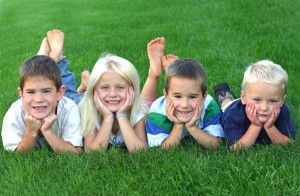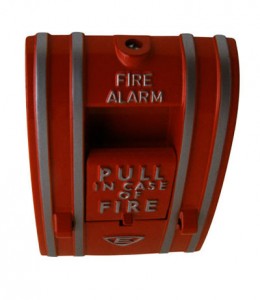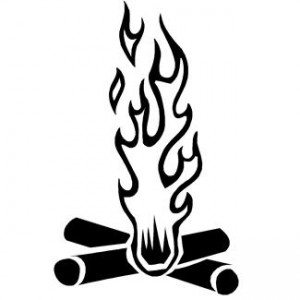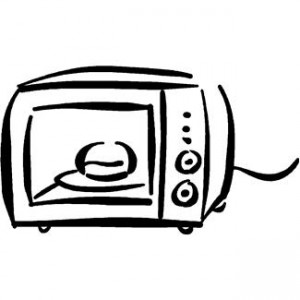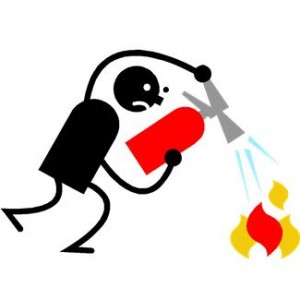
Suppose you are frying chicken, and the oil you are using catches fire. What do you do? Do you douse it with water? Do you take the time to grab your fire extinguisher to put out the fire yourself? Or, do you call 911, and get your family out of there?
The best advice, from the start of your cooking is to be present. Just like you wouldn’t leave a small child in the bathtub by themselves, you shouldn’t leave the stove, oven or grill unattended. Be aware of what is going on in the moment, and keep a fire extinguisher close by. Most of all, have a plan in place. If a fire does happen, you and your family should know what to do next.
As far as the questions above, never put water on a grease fire. The water can cause the grease to splatter, thus spreading the fire. And, if you are unable to put the fire out with an extinguisher, call emergency services, and get your family out to a pre-determined location. This gives you and your family the best chance at a safe exit in the event of a fire.


